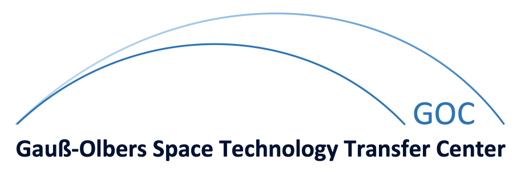High-Accuracy Positioning with 5G NR in Factory and Urban Environments
| Betreuer: | Mohammad Razzaghpour |
| Art der Arbeit: | Masterarbeit (MSc) |
| Arbeit beendet: | 05/2025 |
| Bearbeiter: | Nahidul Islam |
| Status: | abgeschlossen |
| ANT-Signatur: | |
| Kurzfassung: | Abstract: High-accuracy positioning is critical for emerging applications such as autonomous driving, industrial automation, augmented reality, and smart cities. As introduced in 3GPP Release 18, carrier phase (CP) positioning offers superior accuracy compared to traditional time-based techniques like time of arrival (ToA), time difference of arrival (TDoA), and round-trip time (RTT). However, the CP method requires resolving integer phase ambiguity in carrier phase measurement, which refers to the unknown number of full-wavelength cycles completed during radio signal propagation. Joint processing of ToA, TDoA, and RTT with CP can mitigate this ambiguity by narrowing the wide search range of possible integers, particularly for short wavelengths. This thesis investigates the performance of joint positioning methods in 5G New Radio (NR) that integrate ToA, TDoA, and RTT with CP. In addition, the thesis accounts for correlated measurement errors in these methods in contrast to state-of-the-art uncorrelated errors. The research systematically analyzes the impact of key 5G NR parameters (i.e., bandwidth, carrier frequency, transmission power, and antenna configuration) on positioning accuracy in both factory and urban environments, where many emerging applications operate. A simulation framework is developed to model the joint positioning methods, incorporating realistic prop- agation conditions for indoor factory (InF) and urban macro (UMa) scenarios. Additionally, the theoretical performance bound is derived using the Cramér-Rao Lower Bound (CRLB) to establish the fundamental accuracy limit for the joint methods. The positioning performance is evaluated in InF and UMa environments under different network configurations through simulation and benchmarked against the CRLB. The results demonstrate that the joint positioning methods achieve centimeter-level accuracy, significantly outperforming conventional techniques that rely solely on time-based measure- ments. The findings indicate that wider bandwidth enhances positioning performance due to improved delay resolution. Furthermore, the well-deployed base station (BS) geometry and the large antenna array further improve positioning accuracy by enhancing spatial diversity and partially mitigating multipath effects. The findings of this study can be used to tune the 5G NR positioning system in factory and urban environments for precise positioning, supporting the emerging applications already mentioned above. Keywords: 5G NR, positioning, InF, UMa, carrier phase (CP), ToA, TDoA, RTT |







